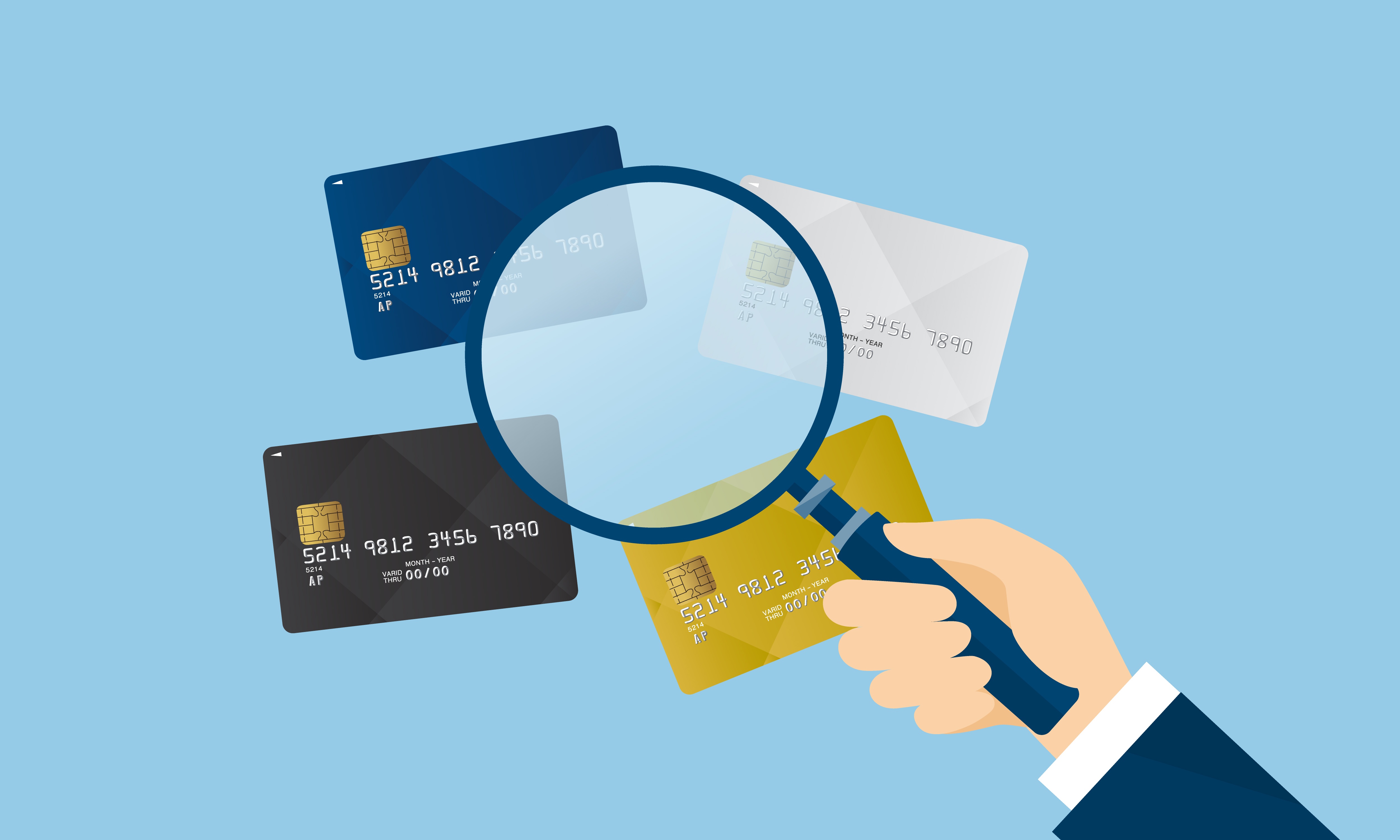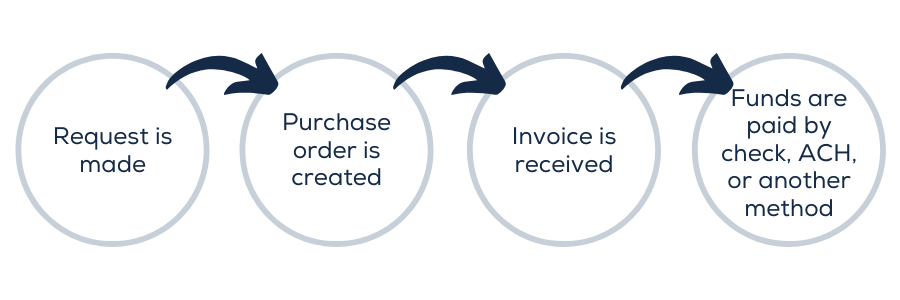Why You Should Be Using P-Cards in Your Organization


The benefits of implementing a P-Card program in your organization
In the complex world of payment options, there are many paths an organization may take to make vendor payments, including cash, wire transfers, paper checks, automated clearing house (ACH), payment cards, virtual cards, single-use ‘ghost cards,’ travel and entertainment (T&E) cards, and purchasing cards. To maximize efficient financial management, organizations should take advantage of various programs and accounts payable methods depending on each type of purchase.
What is a P-Card?
Purchasing cards (also known as P-Cards or procurement cards) are a form of a company credit card issued to employees, thereby affording the employee the ability to acquire goods and services without using the traditional method of a purchase invoice or purchase order. There are many appropriations that can be established on these cards for an organization’s employees.
Implementing a P-Card program creates financial benefits as well as time efficiency. The usual process to pay can be time-consuming and costly for companies due to the steps required to approve a payment. The life cycle of a typical transaction may look something like this:

This process is usually the same, whether it be a $25 transaction for supplies or a $10,000 transaction for equipment. Studies show that savings from migrating from a standard purchase order (PO) transaction to a P-Card range from $60 to $70 per transaction.
The benefits of P-Cards for organizations
Additional benefits of implementing a purchasing card program include:
- Streamlining processes
- P-Cards can save time for employees who handle purchase orders/invoice repayment.
- As mentioned above, by utilizing a P-Card program, companies can alleviate a portion of the work that employees have to do to process a PO.
- Using a P-Card program allows for a company’s accounts payable team to make one monthly payment to the card provider each month instead of multiple payments to multiple vendors during the month.
- Control
- The limits set can be as precise and granular as needed. The company can choose to set limits on specific departments or employees. Additionally, the company can choose to establish a list of preapproved merchants and vendors, or the card can be left open to be used at the employee’s discretion.
- Some cards can be set up with a budget and a life, so if the card is only going to be used for a certain project, it can be set to expire after that project is complete.
- You can establish monthly and daily spending limits.
- Information
- Many P-Card providers provide extremely detailed reporting, tracking information, and reconciliation software.
- Companies can integrate their P-Card program with their enterprise resource planning (ERP) systems and financial systems, thereby creating reporting and tracking efficiencies for teams.
- Financial
- Oftentimes, various financial incentives and rebates can be established between the company and card provider.
- P-Cards make it easier for companies to take advantage of prompt pay discounts from suppliers.
- P-Cards optimize working capital and improve cash flow management, resulting in extended days payable outstanding (DPO).
- P-Cards also reduce the use of petty cash.
- Card perks
- While the perks may not be used often, they can be an added bonus, such as complimentary travel accident insurance.
Benefits aside, certain organizations do not embrace the use of P-Cards due to potential duplicate vendor payment issues, employee abuse, or failure to integrate with the organization’s software, thereby increasing the time spent on financial analysis.
As we begin a new year, many organizations will begin to review their current positions and programs. Action items for consideration include:
- If your organization already utilizes a purchasing card, we recommend reviewing the program yearly at a minimum. Depending on your organization’s annual spend, and whether the agreed amount is exceeded or not, your company can choose to set a predetermined dollar threshold, which requires a purchasing card to be used if possible.
- Review contract terms and consider what steps your organization will take when its contracts are up for renewal. For example, will your organization re-sign or consider other vendors? If there are incentives or rebates in your current program, what are the spend levels required, and are they being met or exceeded to ensure your organization is earning every dollar possible?
- What type of rebates and financial incentives do you currently have in place? How long ago were they negotiated?
- If an organization is looking to grow its spend, has it reviewed the list of vendors that it currently pays via P-Card? Are there other vendors that could be added, and has the organization inquired about any prompt pay discounts being offered?
Many moving pieces go into the methods and choices an organization makes when determining how a vendor or merchant will be paid. Using a purchasing card may be the best fit for a portion of that.
As your advisor, we are here to assist with navigating this payment landscape.
